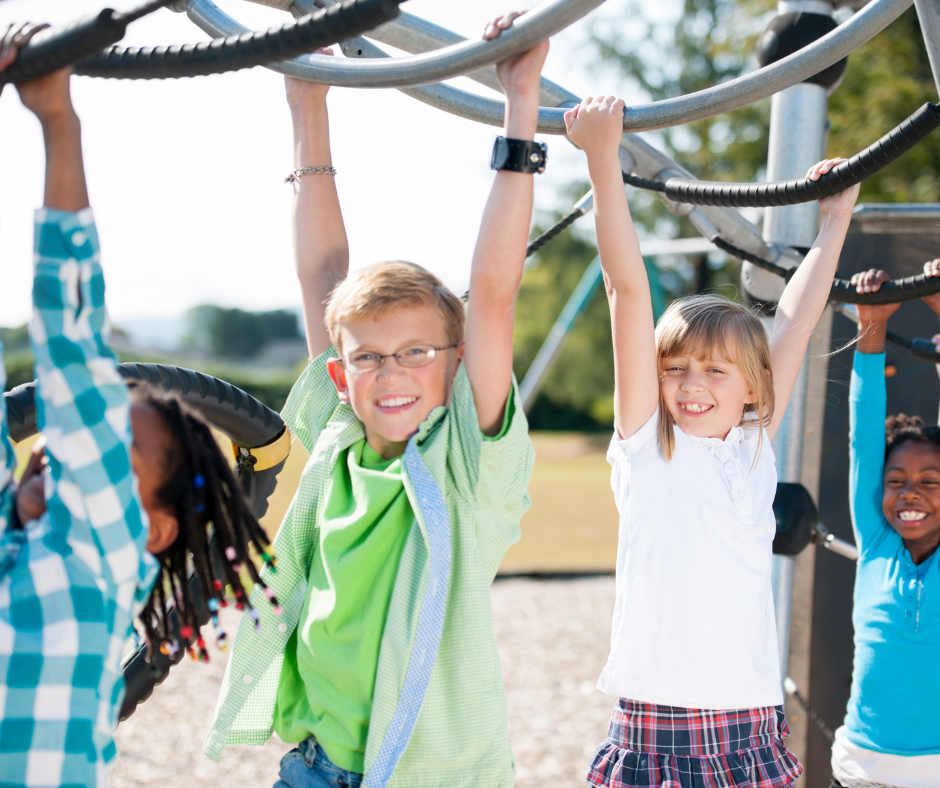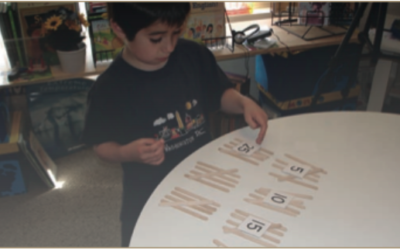The brain of a child with autism is highly aroused and not comfortable in its own resting state (Othmer, 2012). One theory is that there is an overproduction of BDNF, the growth factor that helps neurons to wire together.
Areas of the cerebellum, on the on the right hemisphere, which are linked to the speech areas of the left hemisphere, tend to be smaller than normal in children with autism (Blomberg & Dempsey, 2011).
There is also an area on the brainstem, which visual control, vestibular input, and proprioceptive information come together, when not functioning properly causes paralysis of gaze, common in children with autism (Gold, 2008).
World-known researchers and practitioners, such as Sally Goddard-Blythe, Dr. Harald Blomberg, and Svetlana Masgutova, just to name a few, have spent many years investigating the role movement has in neurological development and learning. According to Goddard-Blythe (2005), “attention, balance and coordination are the primary A, B, and C upon which all later academic learning depends” (p. xvi). Reading, for example, depends upon smooth eye movements across the page, which is developed by the balance system.
These, and others, have found that children labeled as “learning disabled” were able to more effectively learn when they spent a few minutes before a lesson with simple, whole body integrative movements. This is why Brain Gym™ is so successful. It is a way to help the body prepare for learning.
Shirley Kokot (2010) explains that body movements are responsible for the development of the brain structure and they contribute to the proper functioning of the brain. Roger Spery, a Nobel Laureate neurobiologist said that, “90% of stimulation and nutrition to the brain is generated by movement of the spine.”
Movement is involved in each of the senses. For example, sound moves in sound waves, touch is perceived by movement air or pressure over the skin. Movement helps by enhancing functioning of the nervous system and causes chemicals in the brain to be created that allow the neurons to communicate with one another and to make general processing faster (Kokot, 2010).
When you observe a baby, you will notice that when awake, it is never still. The movements of the infant are rapidly growing the brain. It is estimated that in the first year of life, every minute there are more than 4 million new nerve cell branches created in the brain (Blomberg & Dempsey, 2011). Babies who are, for whatever reason, unable to move much are certain to have developmental delays. These children need to be moved passively, such as by rocking and touch, to stimulate their brains (Blomberg & Dempsey, 2011).
These examples demonstrate how critically interconnected movement and learning are. It is no wonder that in this modern day of computer and video games that there is such a surge of students with learning and attention difficulties. If young children are no longer spending hours on end outdoors exploring and working on developing and integrating their sensory systems, then I argue that it is incumbent upon us, as educators, to provide supplemental experiences that allow them to do so.
Children, and many adults, have short attention spans and need to have frequent learning breaks. The average attention span for a child is said to be their age +2 minutes. That means after that many minutes, teachers need to stop for a break to allow children to process the information. Elementary schools in Japan teach for 50 minutes and provide a 15 minute recess after each 50 minute learning session. Schools in Finland now recognize the value of periodic movement for both students and teachers. As adults, we typically will push through the day working, thinking and preparing during all of our breaks. Rest is just as important for us as for the young ones.
–From my book: Movement Makes Math Meaningful





0 Comments